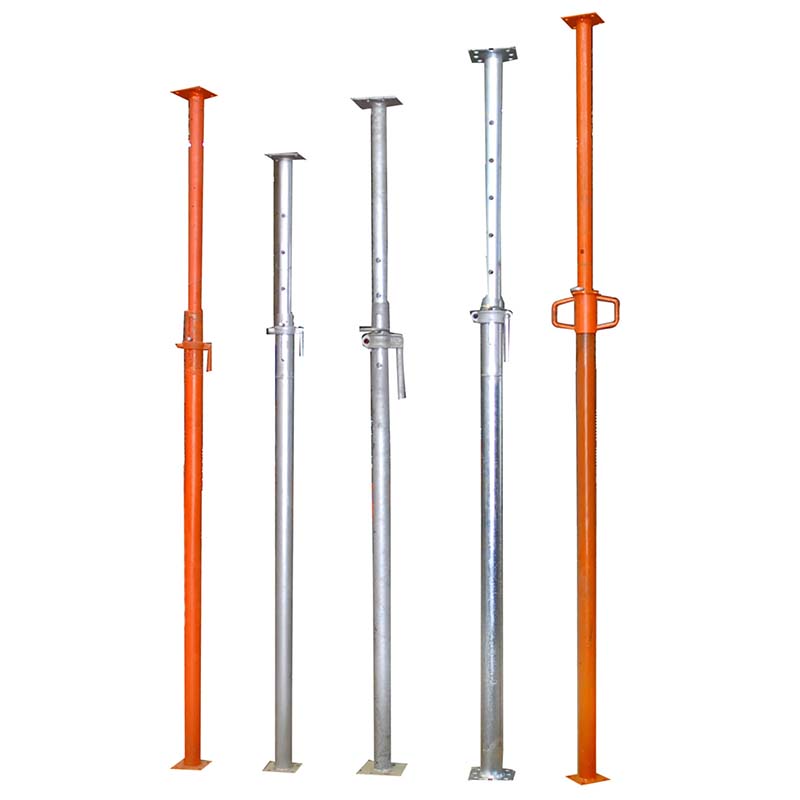Jul . 28, 2024 12:49 Back to list
Innovative Solutions for Lightweight Hollow Formwork Production in Modern Construction Industry
The Advancements of PP Hollow Formwork in Modern Construction
In the ever-evolving landscape of modern construction, the quest for efficiency, sustainability, and cost-effectiveness has led to numerous innovations. Among these, PP hollow formwork has emerged as a game-changer, offering exceptional benefits that are revolutionizing the way structures are built. This article explores the features, advantages, and applications of PP hollow formwork, shedding light on its growing importance in the construction industry.
What is PP Hollow Formwork?
PP (Polypropylene) hollow formwork is a type of formwork made from high-density polypropylene, designed primarily for casting concrete structures. Its distinctive hollow structure allows for a lightweight yet durable product, making it easier to handle and transport. Unlike traditional formwork materials such as plywood or metal, PP hollow formwork possesses unique characteristics that enhance its usability on construction sites.
Key Features
1. Lightweight One of the most significant advantages of PP hollow formwork is its lightweight nature. This characteristic not only facilitates easy handling but also reduces transportation costs and the need for heavy lifting equipment on-site.
2. Durability PP hollow formwork is resistant to moisture, corrosion, and chemical damage, ensuring longevity in various environmental conditions. This durability translates to less frequent replacements and reduced waste in construction processes.
3. Reusable Unlike traditional formwork, which often requires replacement after a few uses, PP hollow formwork can be reused multiple times without compromising its integrity. This reusability significantly reduces material costs for construction companies.
4. Easy to Customize PP hollow formwork can be easily cut and shaped to fit specific project requirements. This adaptability allows contractors to create unique designs and architectural features with relative ease.
5. Eco-Friendly The construction industry is increasingly focusing on sustainability, and PP hollow formwork aligns perfectly with this objective. Its ability to be recycled after use contributes to waste reduction and promotes a more sustainable approach to building.
pp hollow formwork factory

Advantages in Construction
The advantages of PP hollow formwork extend beyond its inherent features. The material itself can streamline various stages of construction
- Time Efficiency The lightweight and easy-to-install nature of PP hollow formwork allows for quicker assembly and disassembly, significantly reducing project timelines. This efficiency can lead to lower labor costs and a faster return on investment.
- Enhanced Safety Lower weight reduces the risk of accidents associated with handling heavy materials. Additionally, the durability of PP hollow formwork lessens the chances of structural failures during the pouring and curing processes.
- Cost-Effective With its reusability and reduced need for additional support structures, PP hollow formwork contributes to overall cost savings on construction projects. These financial benefits make it an attractive option for developers and contractors.
Applications
PP hollow formwork finds application in various construction projects, including residential buildings, commercial structures, bridges, and retaining walls. Its versatility allows it to be utilized for both simple and complex designs, accommodating a broad spectrum of architectural visions. Furthermore, as urbanization continues to rise and building techniques evolve, the demand for innovative materials like PP hollow formwork is expected to grow.
Conclusion
In summary, PP hollow formwork represents a significant advancement in construction technology. Its lightweight, durable, and eco-friendly properties make it a preferred choice among contractors seeking efficiency and sustainability. As the construction industry embraces new materials and methods, PP hollow formwork stands out as a leading solution for modern building challenges, paving the way for a future of smarter construction practices. With continuous innovations and growing acceptance, its role in shaping the built environment is only expected to increase, benefiting builders and the planet alike.
-
High-Quality U Head Jack Scaffolding – Reliable Scaffolding Jack Head Manufacturer & Factory
NewsJul.08,2025
-
High-Quality I Beam H20 Leading Timber Beam H20 Material Factory, Exporters & Manufacturers
NewsJul.08,2025
-
High-Quality Powder Coating Steel Formwork - Durable & Corrosion Resistant Solutions
NewsJul.07,2025
-
Inclined Column Formwork Supplier – Durable & Precise Solutions for Unique Structures
NewsJul.07,2025
-
High-Quality Water Stop Solutions Trusted Water Stop Company & Suppliers
NewsJul.07,2025
-
High-Quality Formwork Material Supplier Reliable Manufacturer & Factory Solutions
NewsJul.06,2025